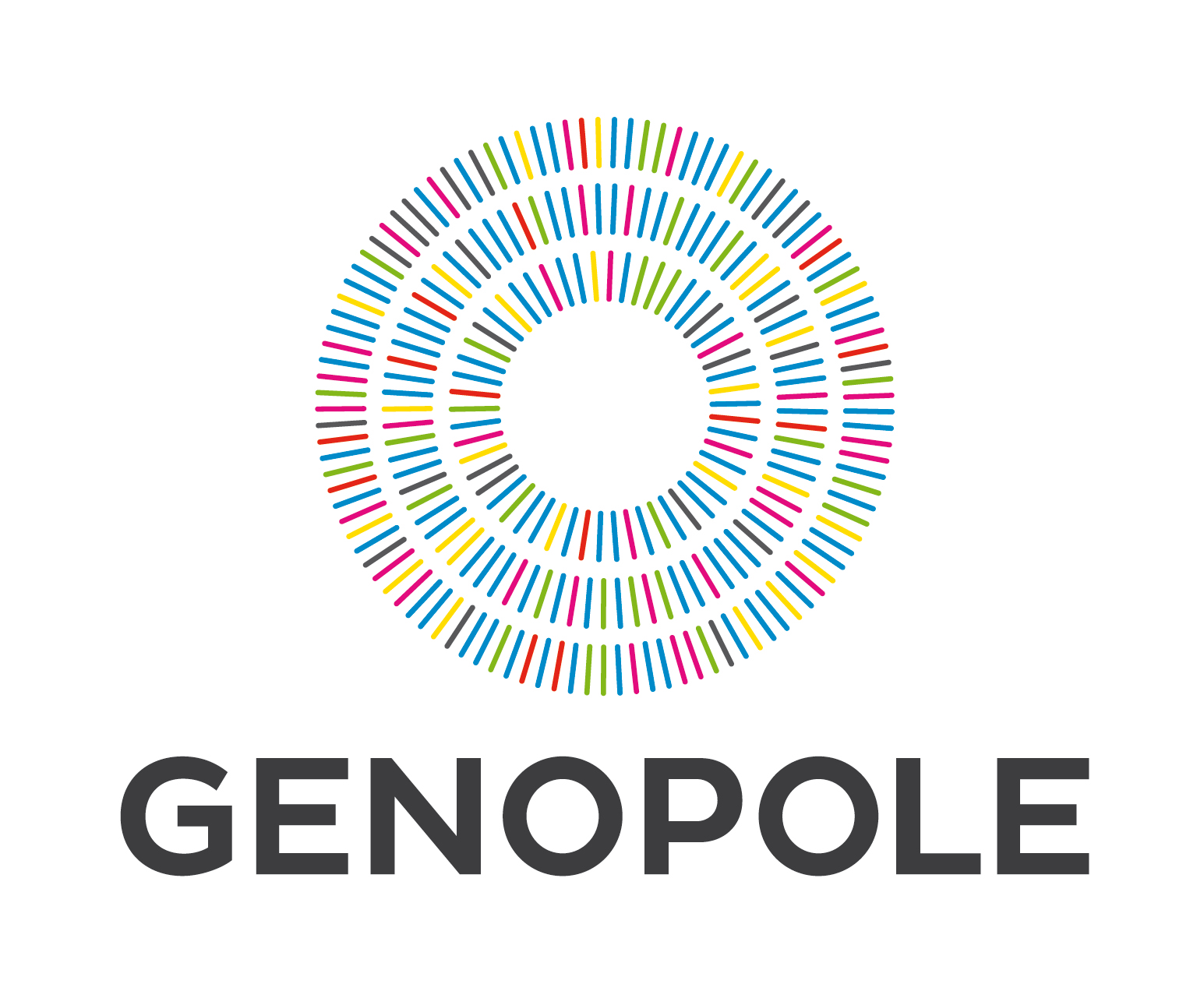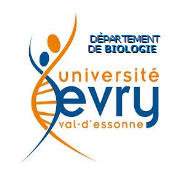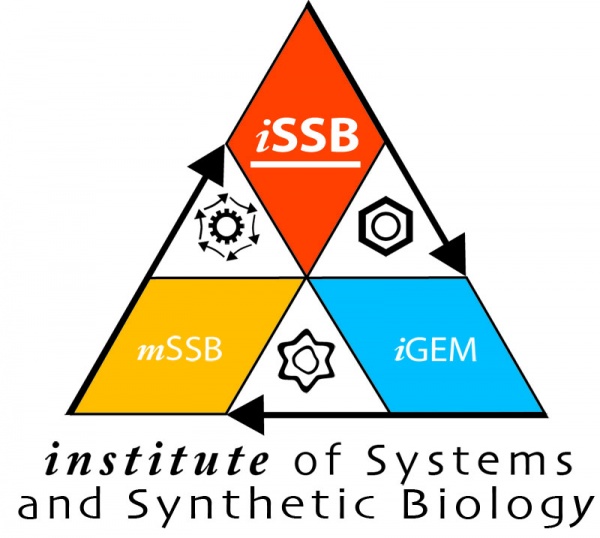Team:Evry/Pill design
From 2013.igem.org
Capsule design
Context
For an optimum efficiency of our iron chelating bacteria, it has to grow in the proximal area of the jejunum. Thus, to target this region, we designed a capsule able to deliver our living bacteria in the jejunum and improved the galenic formulation to optimize growth.
Barriers to overcome and conditions to fulfill
The challenge here is to overcome the acidity of the stomach to make our bacteria survive into the jejunum. It is a very common issue encountered in the pharmaceutical domain and in galenic formulations. Thus, we surrounded the capsule with a double-enveloppe of methacrylic acid, thus allowing it to resist to very low pH. According to the European Pharmacopeia, to make a gastro-enteric resistant capsule, it must not dissolve after 2 hours of exposure to gastric acid (pH=2). We report that our capsule resists to gastric acid.
09/09/13
To chelate the iron in the duodenum and the initial portion of the jejunum, it was pretty obvious that a capsule or a tablet was required. However, we had to keep in mind the follwing items:
Type of galenic formulation: capsule or tablet?
Overcoming the acidity of the stomach
The best strategy between the 'flush' and the 'colonization' approach to chelate the iron
The best galenic formulation for our purposes is the capsule. The first reason is that a tablet requires not only a heavy and dry compression, but also the second reason is that it requires lyophilised bacteria, which consists of extreme conditions (from very high to very low temperature and high pressure). As a consequence, the capsule offers the possibility to be not only easily coated for protection against stomachal acidity, but also presents a softer environment for the bacteria to transport.
Après réflexion, le choix de la forme galénique sera la gélule. En effet, en vue de libérer les bactéries au niveau du duodénum, il est plus aisé d'utiliser une gélule de part son enveloppe dure qui permet un passage facilité à travers l'estomac, première barrière compliquée à traverser de part les conditions de pH extrêmes (pH 2-3). Nous avons déjà en vue le type de posologie pour un traitement bactérien. Le patient devra être à jeûn, ce qui réduira conséquemment le temps passé par la gélule dans l'estomac, soit de 20 à 25 minutes. De plus, la gélule, une fois délitée dans le duodénum, ne sera pas emporté par le mouvement du bol alimentaire et favorisera ainsi l'implantation des bactéries au niveau du jéjunum. La stratégie est donc de faire prendre cette gélule par le patient avant un repas et anticiper l'arrivée du bol alimentaire (qui contiendra le Fer).
La forme lyophilisée n'est pas très favorable dans notre cas car la bactérie met longtemps à récupérer et l'arrivée du bol alimentaire n'arrive qu'environ 3 heures après l'implantation de la bactérie dans le jéjunum. La gélule sera une forme de préparation extemporanée avec des bactéries fraîches pour limiter le temps de reviviscence.
- Réflexion le choix des bio-adhésifs: ici on utilisera les HPMC.
- Réflexion sur la qualité des bio-adhésif, notamment dans la relation viscosité/bio-adhésif. En effet, les HPMC vont gonfler en contact avec l'eau, adhérant ainsi les bactéries à la paroi. Il faut que la viscosité soit minimale pour pas que le bol alimentaire vienne arracher la fixation de nos bactéries, mais qu'en même temps l'eau ait une pénétrance suffisante.
- Réflexion sur l'enrobage (enteric coating). Il faut que la gélule se délite le plus haut possible dans l'intestin (ici le duodénum), mais qu'il soit suffisamment résistant à l'acidité de l'estomac en amont.
Choice of excipients (reference: Handbook of Pharmaceutical Excipients, sixth edition):
Hypromellose (Hydroxypropyl methylcellulose, HPMC): is used as a bioadhesive material for a controlled release at pH 5-8 (duodenum and jejunum).
Methacrylic acid L100-55 (Eudragit): is used as an enteric coating for resistance against stomachal pH, thus allowing the release of the bacteria in the duodenum at pH values of 5,5.
Colloidal silicon dioxide: is used to dry pellet of bacteria and allow an homogenous mixture with the other components.
TOP10 and TOP10 transformed with pSB1A3 stayed the whole weekend at 4°C. I resuspended the cell in 10 mL LB + antibiotic.
10/09/13I tested two different powders to dilute our medium with bacteria. As a start, i began to dilute LB medium, without bacteria in Maltodextrin (Glucidex) or Colloidal silica (Aerosil). After dispersing the liquid in the powder, the goal was to put as much as possible in it, but the powder should not agglomerate and should keep its powder form. As such, I managed to dilute 200 µL LB in 10 g of Maltodextrin but 3825 µL in 3 g of colloidal silica. As a consequence, we chose for colloidal silica to dilute the LB, and thus, the bacteria.
The second step is to obtain a final volume of 35g of powder. After I diluted 3825 µL of LB in colloidal silica, I obtained a total volume of 16 mL. I added a sufficient quantity of HPMC (Hydroxyprpylmethylcellulose, Methocel K100) to obtain a final volume of 35 mL. The two components are mixed together and I made sure the product is dry.
With a 'gelulier', I equally dispersed the whole volume in 50 capsules. After weight measurement, the capsules are 342 +/- 4 mg.
To anticipate the dispersion tests at pH = 2 and at pH = 6,5, I prepared a PBS buffer and an acid medium that mimics the gastric context and its acidty.
The capsule should not be dispersed after two hours in the medium of pH = 2. Also, the capsule, afterwards, should disperse in between 1 hour in PBS buffer. If the capsule satisfies these conditions, the bacteria will be releases right at the end of the duodenum, thus allowing the growth in the jejunum.
PBS preparation for a volume of 5L:
NaCl: 40g
KCl: 1g
Na2HPO4: 7,2g
KH2PO4: 1,2g
The first attempt to make capsules from LB is repeated, but this time with LB and bacteria. After I diluted 3000 µL of LB and bactera in colloidal silica, I obtained a total volume of 20mL. I added a sufficient quantity of HPMC (Hydroxyprpylmethylcellulose, Methocel K100) to obtain a final volume of 35 mL. The two components were mixed together. However, since the bacteria are dry in the powder, they may be very volatile when mixed to the colloidal silica. As an additional precaution, I wore a mask to prevent the inhale of these potenially contaminated particles.
I refreshed my cultures in 3ml LB (x2) + an additional control negative (only 3ml LB) to make sure that I am not in fact working with the wrong bacteria or any contamination. This control negative was actually very important. In this lab, I don't have the same sterilized pipet tips or 15ml tube. Also, the only sterile environnement is in the presence of a very short flame.
At the end of the day, I managed to create 50 capsules containing only dry LB and 50 capsules with dry LB and bacteria. Additionnaly, I prepared the alcoholic solution of 12,5% Eudragit L100-55 to create the gastro-enteric resistant coating around my capsule. The receipe is as follows: 50ml of pure ethanol (98%) 6,25g of eudragit Contrary to the litterature, the Eudragit was not that 'extremely' soluble in pure ethanol and did not take 20mn to dissolve. As a consequence, I sonicated for 45 minutes to solubilize the Eudragit.
Finally, I tried to make the coating on some capsules. I came to the conclusion that the drying lasts a very long time. To accelerate the drying process, I used the hairdryer for 30 seconds at maximum temperature at average speed, then 1mn at lowest temperature at highest speed. This way i managed to dry the fastest way the coating of my capsules, without being to sticky at the end. Also, every single capsule had to be done twice, once on the upper side and another on the downside. The not only allows a better dring, but also double-covers the edge of the capsule where both sides close (in the middle) and gives a double protection at the weakest point of the capsule. Finally, keep in mind that the coating process is doubled, thus spending on average 8 to 10 minutes for each capsule.
11/09/13
I double-coated 6 capsules containing the dry bacteria and put them for 2 hours in the acid to test their resistance to low pH (pH = 2). They did not break during this stage.
After 20 minutes of shacking in the PBS buffer, the water starts to become turbid, thus proving the degradation of the gelatin of the capsid and thus releasing the HPMC. I extracted only one sample in liquid culture to see if the bacteria survived both the tests. Two otherw were kept as control negative (in fact, the main bottle of medium seems to be turbid). We'll now tomorrow.
"Test des bactéries fraiches".
1 confection de s gelules
2 enrobage
3 test a l'acidité
4 test au pbs
After the dissolution in acid medium, the capsule were still complete. Then, they were transfered in the PBS medium where they have been shaking for 1h. A sample (+photo) has been taken at 20, 30, 40, 50 and 60 minutes to follow the progress of dissolution of the capsules. We can easily observe, due to the yellow coloring of the capsule, that they dissolve quickly. The samples at each moment are put in 8ml LB medium + streptomycin. Tomorrow we'll knwo if the bacteria survived the manufacture of the capsule and the dissolving for 3 hours. One blank with only 8ml medium + 8 µL Streptomycin is kept to avoid any fasle interpretation of potential growth.
DEMANDER RECETTE DU MILIEU MIMANT LE SUC GASTRIQUE.
 "
"














